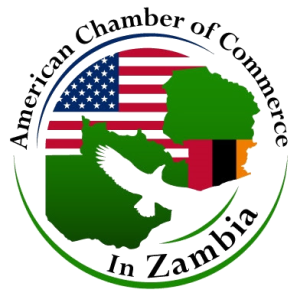
The Zambian government’s recent decision to suspend the 15% export duty on precious stones and metals, as outlined in Statutory Instrument No. 4 of 2025, marks a significant shift in mining policy. This measure aims to boost the country’s competitiveness in the global market, attract investment, and increase export volumes. However, while the move presents clear advantages, it also comes with notable risks and concerns.
Benefits: Increased Competitiveness and Economic Growth
- Enhanced Global Competitiveness – By removing the export duty, Zambian gemstones and metals can be priced more competitively, attracting a wider pool of international buyers and increasing demand.
- Boosted Foreign Exchange Earnings – With greater sales volumes, the country stands to benefit from improved foreign exchange inflows, helping stabilize the national economy.
- Encouragement of Investment and Expansion – The reduced tax burden could attract both local and foreign investors into the mining sector, fostering new exploration and production projects.
- Support for Small-Scale Miners – Smaller mining operations that struggled with the high costs of export duties may now have an opportunity to expand their businesses and increase profits.
- Potential for Job Creation – Increased mining activity and exports can contribute to employment growth in both mining and auxiliary sectors, such as logistics and equipment supply.
Challenges: Revenue Loss and Industry Risks
- Loss of Government Revenue – The suspension of the export duty could reduce the government’s tax income, potentially affecting funding for critical public services like healthcare, education, and infrastructure.
- Reduced Incentive for Local Value Addition – With fewer financial penalties for exporting raw materials, businesses may lack motivation to invest in local processing, limiting job creation in beneficiation industries such as gemstone cutting and refining.
- Potential Increase in Smuggling – Lower regulatory oversight may create opportunities for mineral smuggling, leading to further loss of government revenue and reduced transparency in the sector.
- Market Volatility – An increase in Zambian gemstones and metals on the global market may lead to oversupply, driving down prices and potentially reducing profitability for local producers.
- Uncertainty for Long-Term Policy Stability – Frequent changes in mining policies may create unpredictability for investors, affecting their confidence in Zambia’s regulatory environment.
Striking a Balance: Strategic Measures for Success
To maximize the benefits of this policy change while mitigating its risks, the government should implement complementary strategies. These include strengthening tax collection in other areas to offset revenue losses, enforcing stricter anti-smuggling measures, and incentivizing local processing through policy support and investment initiatives. By ensuring a well-monitored and balanced approach, Zambia can harness the full potential of its mining sector while safeguarding long-term economic sustainability.
